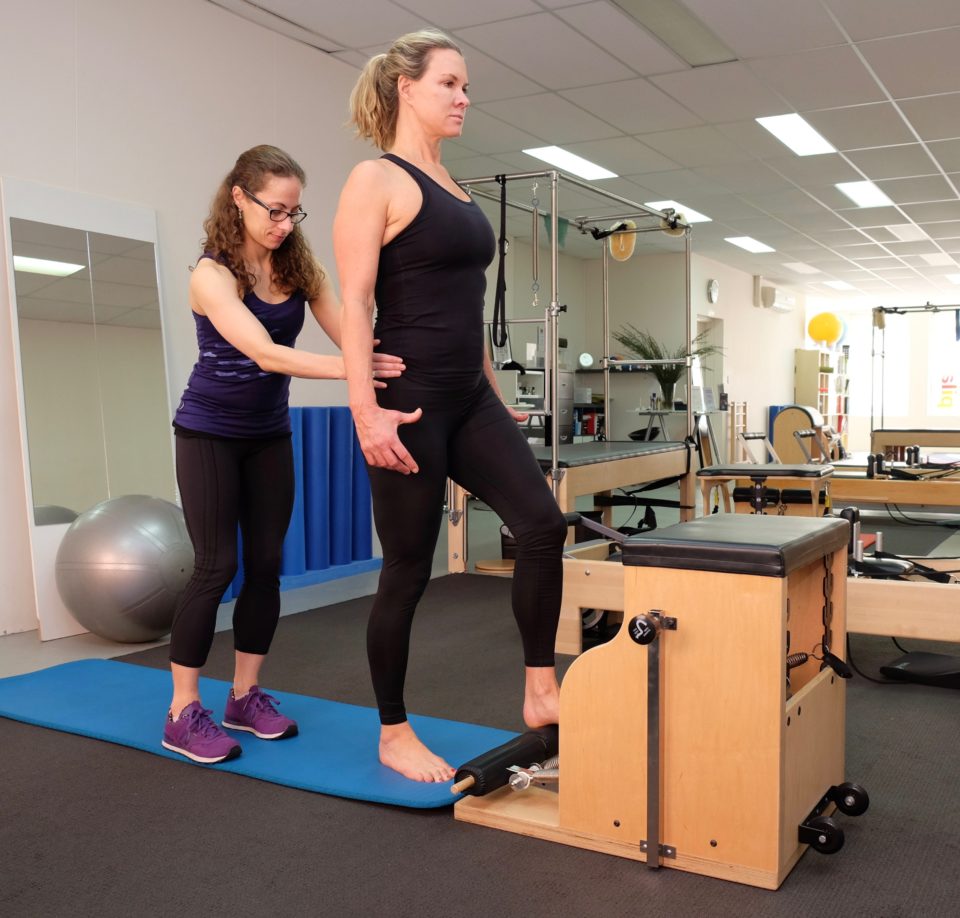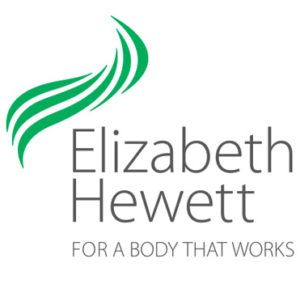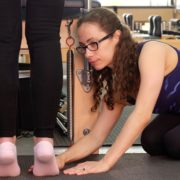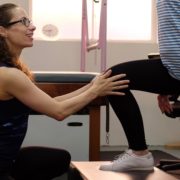How does Pilates build body awareness?

When people think of Pilates or exercise physiology they often connect it mostly, even exclusively, with improving physical attributes such as strength, core stability, flexibility or fitness.
Yet natural physical movement needs a healthy connection between your brain and your muscles. As simple as this sounds, it’s all too common for pain or injury to disrupt your once easy-going quality of movement.
Good exercise gets you to think, focus, listen to your body, and most importantly, inspires you to come back for more.
Exercise is potent in managing health conditions
21st century lifestyles — sedentary occupations, poor posture, and low levels of physical activity — also contribute to the decline in your natural ability to move. Yet exercise remains potent in preventing and managing many chronic health conditions. It should also be a vital part of recovery from any injury.
However, exercise for these purposes needs to be very specifically tailored to the individual, as well as an injury or health condition.
A Pilates or exercise program should not simply strengthen a weak muscle. Muscles only work when your brain tells them to, and they need to work in harmony with other muscles. This coordination between or within groups of muscles often becomes dysfunctional in the presence or pain or an injury.
Problem first … solution second
I identify the problem of dysfunctional coordination first before recommending a Pilates or exercise solution. Jumping straight into strengthening exercises for dysfunctional muscles around a joint is pointless; you might even reinforce a faulty movement pattern.
How do you become body aware?
Understanding your body boosts your mental and structural control. Body awareness exercise methods abound, but few successfully combine such an effective thoughtful approach as the Pilates Method. As a professional practitioner, I have personally practised and taught the Pilates method for nearly 20 years.
Pilates has taught me to listen to my body while gaining strength and mobility, and it remains the key to my musculoskeletal health. It allows me to help people discover or relearn their own movement patterns and, over time, understand their bodies, build strength and flexibility, and regain their sense of control. Ultimately, it rekindles the joy of agility and wellbeing.
Why Pilates?
It starts with the Pilates studio. A Pilates studio provides a thoughtful haven for you and your teacher to explore how your unique body works. By identifying issues in your natural movement and biomechanics, we lay a foundation of correct posture and biomechanics. These create strength and flexibility, allowing you to work towards your physical goals within a positive mental framework.
A Pilates studio is a sanctuary. You leave your busy life at the door and focus on yourself alone that hour. A core principle of Pilates is better body control. It demands total concentration to cement the brain-body connection, sometimes involving thought on more than one level. Pilates is your ultimate multi-tasking challenge.
I also liken Pilates to active meditation. It combines physical relaxation with mental stimulation for an integrated learning experience promoting automatic body management.
Pilates encapsulates three essential benefits: you boost your levels of physical enjoyment, consolidate your sense of well-being, and reduce the risk of injury. Your brain and body know what to do.
Why do I prefer Pilates for rehabilitation?
The combination of concentration and mindfulness in the studio allows us both to focus solely on you and your body movements.
Add to this the versatility of Pilates equipment and repertoire. The adjustable apparatus aids movement if you need more mobility or flexibility, or creates resistance to build strength or control.
Many injuries can result from poor biomechanics, leading to compromised movement. Correcting these requires an in-depth, informed approach where you engage mentally and physically.
The limitless spectrum of movement in Pilates
The method and the equipment together offer a limitless spectrum of movement training. You can choose a gentle and restorative low intensity approach. It’s also an excellent recovery modality if, as an athlete, you need cross training between hard training sessions.
Pilates in its original, traditional form was intense, athletic, and rewarding. It remains true to those qualities today, and has added contemporary improvements and refinements across the spectrum of human movement. These advances in science, knowledge, and technique make Pilates accessible to everyone, regardless of their level of fitness.
When you understand your own biomechanics, you can work with greater certainty towards a strong, supple, and efficient musculoskeletal system. And that broadens the range of options open to you in life.
If you would like to strengthen the brain and body connection at the heart of the Pilates Method, call Liz Hewett on 0466 314 645 and take the next step to a better life.





